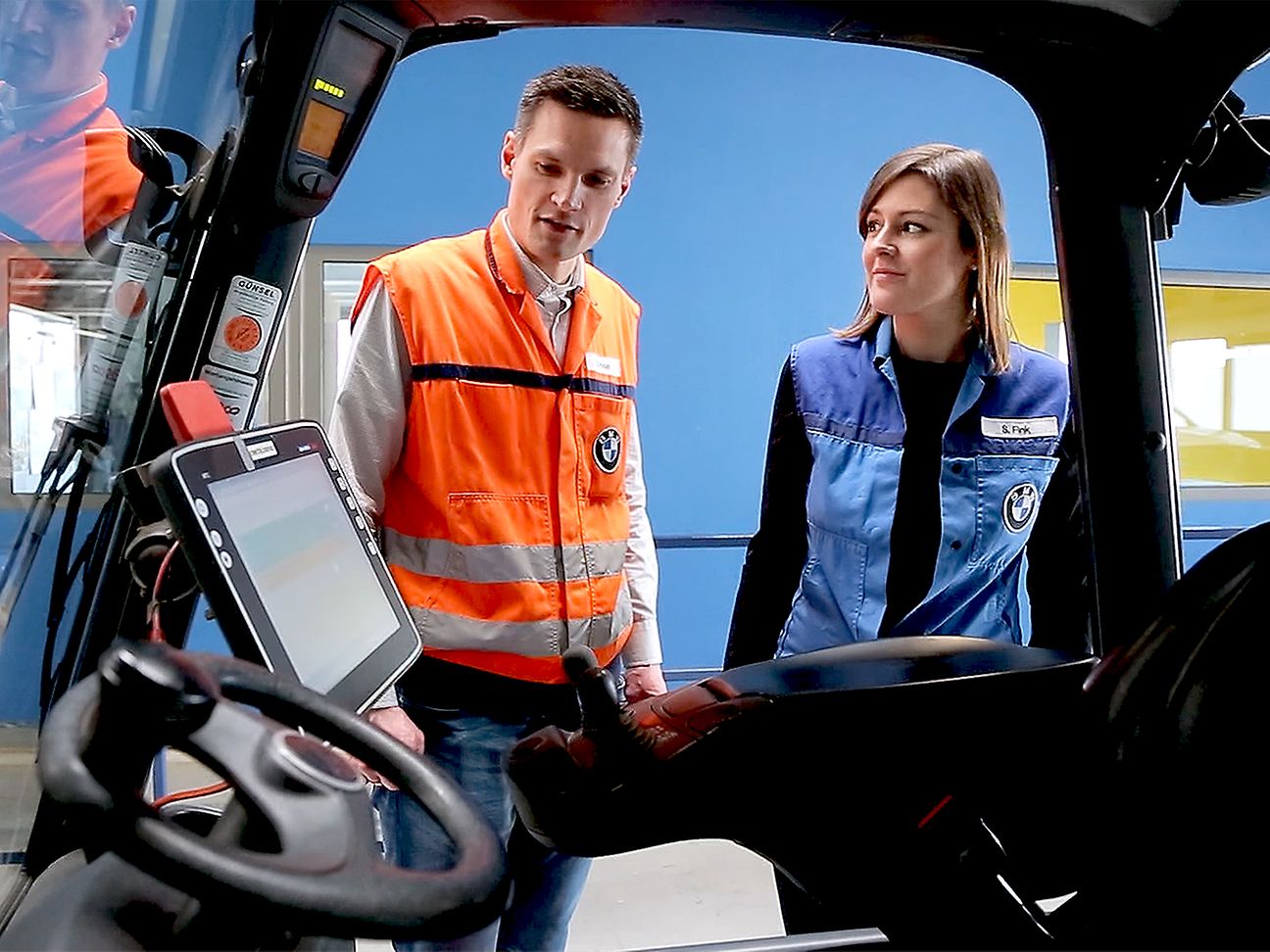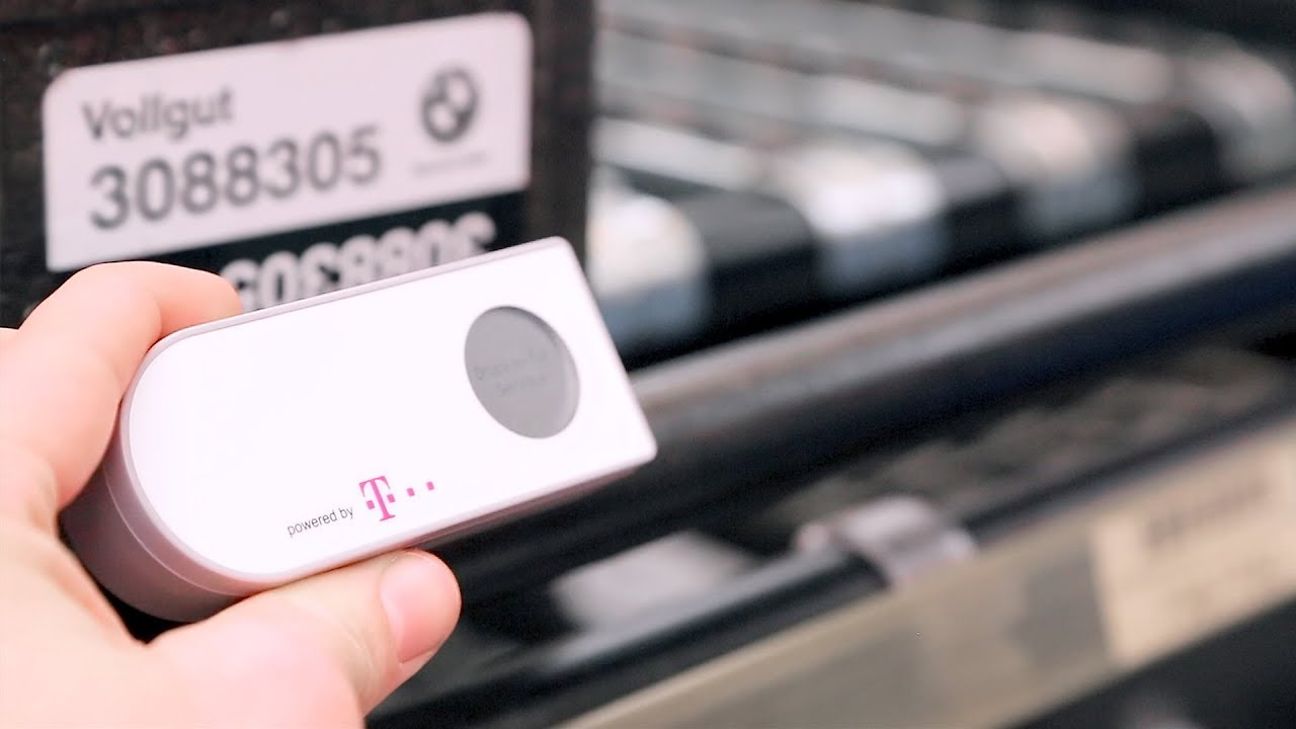

Always on the right track
The transport and logistics industry drives far ahead of other industries and large parts of production when it comes to digitization. The Internet of Things offers companies many opportunities to digitize and improve their machines, goods or processes. This way, they can win new customers and open up new markets.
Connected logistics chains
Worldwide, 30 percent of all deliveries arrive later than originally planned. In 2010, goods worth around 850 billion euros had to be destroyed due to an interrupted cold chain. It is usually known where and when a shipment was loaded. And where it should be located. Unknown is when and where a delivery is delayed. Such data is often missing. However, it is precisely this information that would allow to react in real time and save money.
One button – more than a thousand options
Deutsche Telekom’s IoT Service Button is a smart retrofit solution for logistics, manufacturing facilities, workshops, construction sites, and hospitals. The button can be used to order spare parts, arrange for full containers to be collected, or to report technical malfunctions. Car manufacturer BMW is testing the IoT Service Button at its Leipzig production plant.
Information
This film is available with German and English subtitles.
Krones AG, too, is successfully using the digital button for its production logistics. The Bavarian manufacturer of filling and packaging systems for the beverages and foodstuffs industry has equipped 28 collection points with the IoT Service Button. As soon as a requested spare part is ready for the customer, a push of the button on the small IoT device sends a message to collect the component. Waiting and idle times are reduced to a minimum. The IoT Service Button is quick and easy to integrate anywhere. It works independently from the power supply and corporate networks with a standard battery. The button communicates via the mobile network or – where available – Deutsche Telekom’s new machine and sensor network based on NarrowBand IoT (NB-IoT). NB-IoT allows high building penetration. It facilitates reliable radio communications from basements underground production facilities. Telekom has introduced NB-IoT in nine European markets and in the US.
We make load carriers smart
Apart from the IoT Service Button, Deutsche Telekom has developed a smart, connected pallet together with the Fraunhofer Institute for Material Flow and Logistics (Fraunhofer IML, for short) and the European Pallet Association (EPAL). In future, companies will be able to better monitor the movements of their goods on water, rail and asphalt using smart pallets. The pallets have a low-cost, smart tracker. During delivery, the tracker sends data on the location of the pallet. Goods can thus be located precisely. A built-in motion alert deters thieves. The pallet of the future senses whether it is being moved. It knows its load. It reports unusual incidents. This changes everything and opens up completely new business models for logistics.


